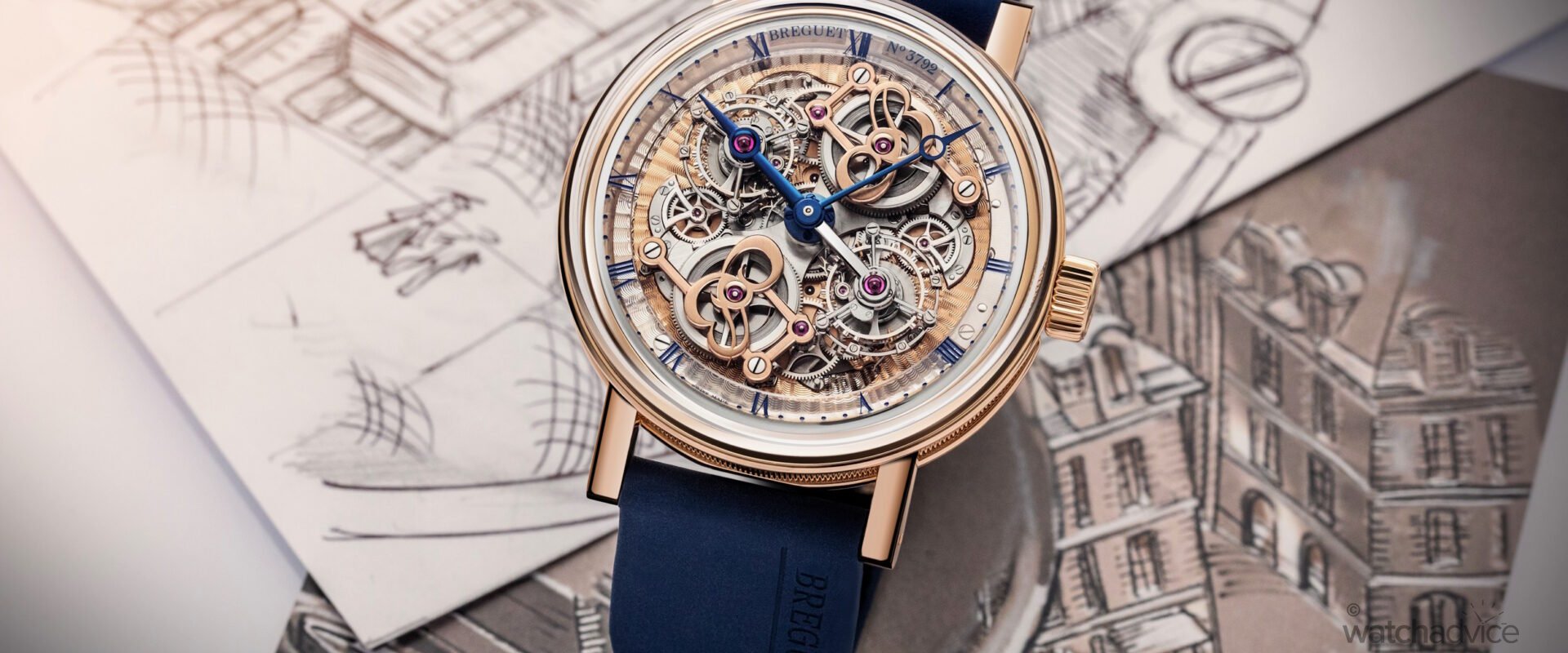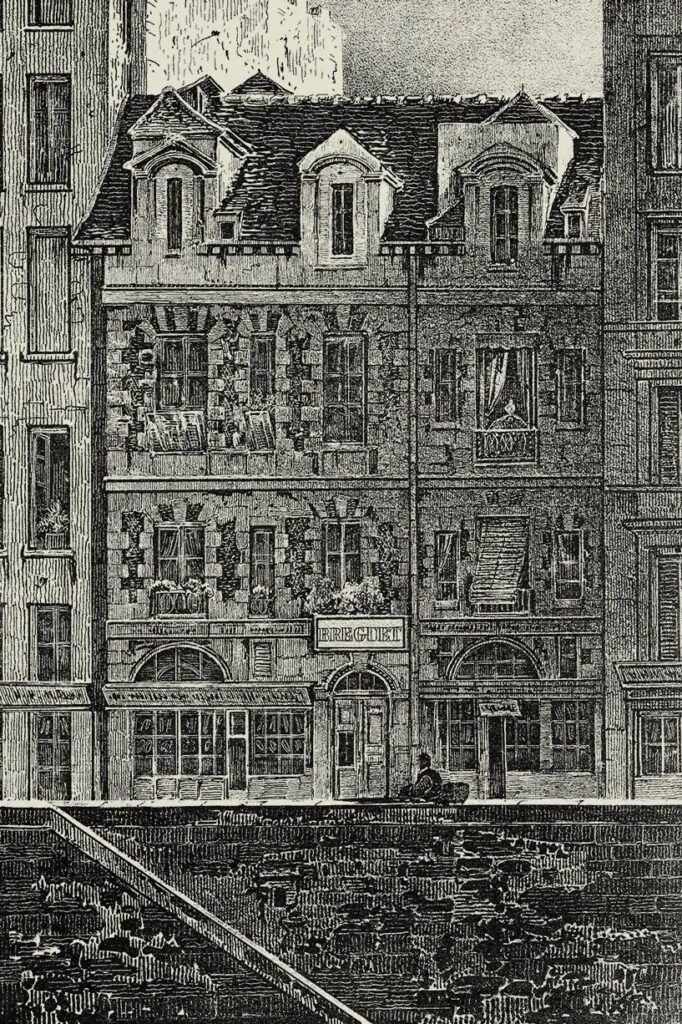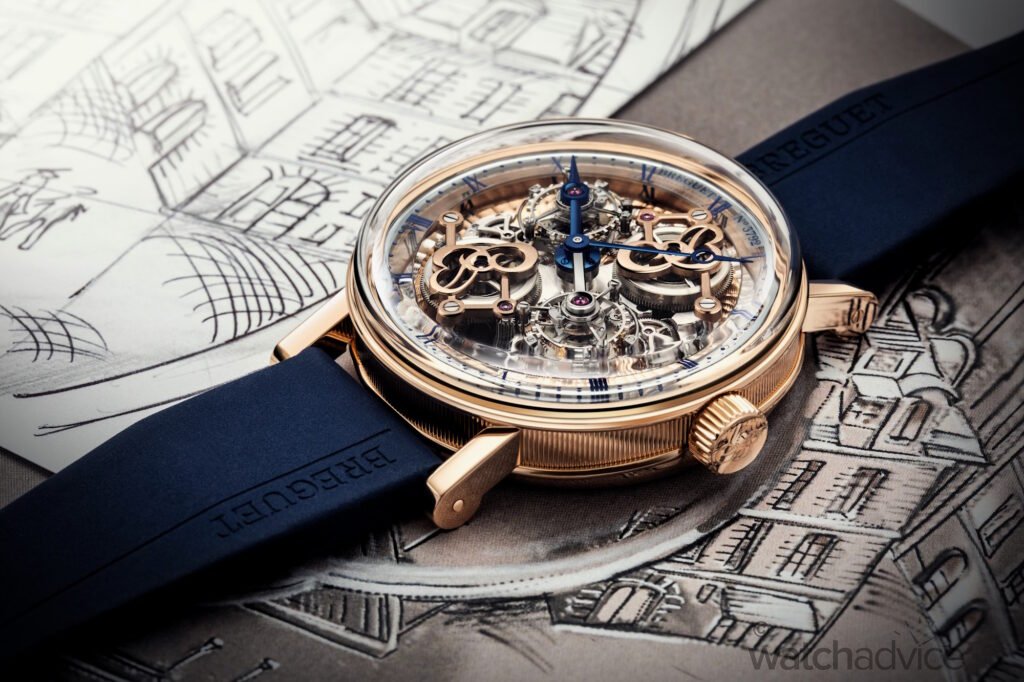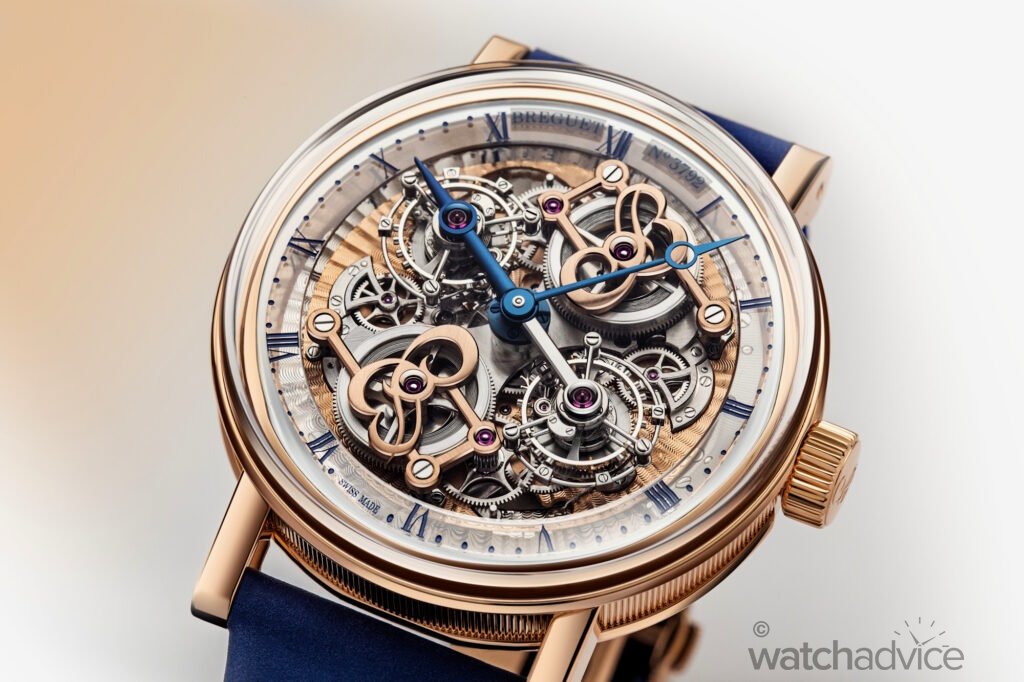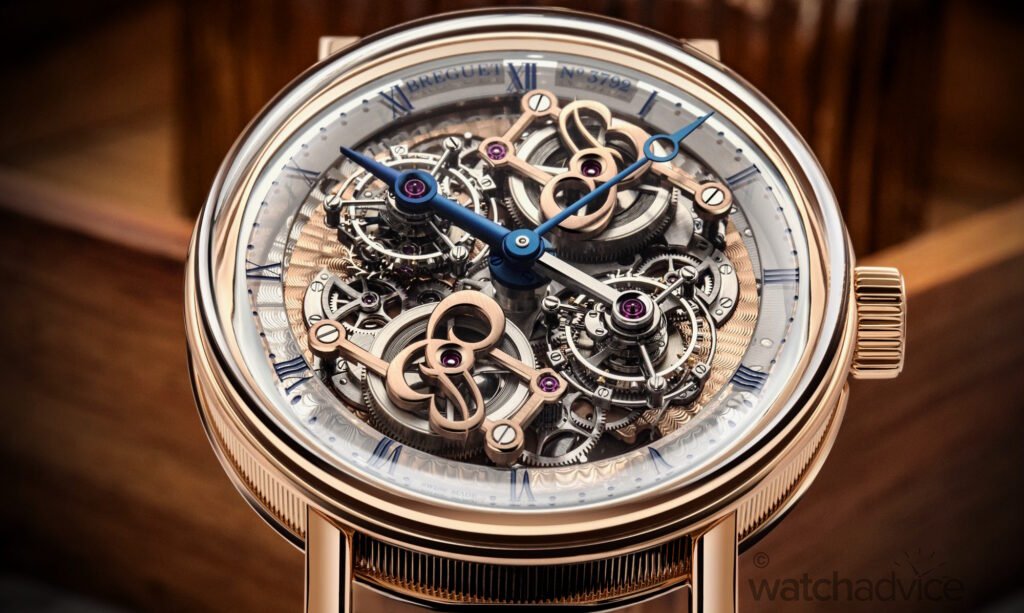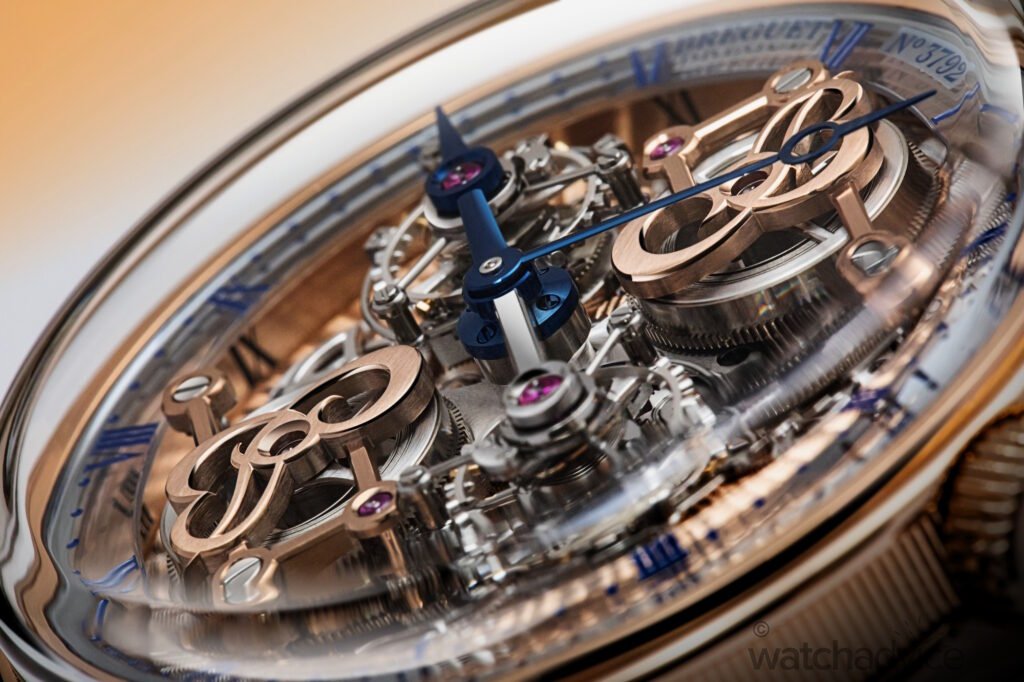Haute horology is back in the spotlight with Breguet’s latest interpretation of their horological masterpiece, the Classique Double Tourbillon “Quai de l’Horloge” 5345.
Abraham-Louis Breguet revolutionised timekeeping precision with his many innovations, including the invention of the tourbillon. Today, Breguet continues to uphold this heritage and tradition of innovating and creating masterpieces in horology with the invention of new complex mechanisms.
While the Classique Double Tourbillon “Quai de l’Horloge” 5345 may not be a new creation, Breguet has revisited this extremely complex timepiece to give it a new aesthetic look, one that fits right into Breguet’s expertise in aesthetic refinement and technical precision. Before we get into the new look of the timepiece, I want to take a look at just how complex the Classique Double Tourbillon “Quai de l’Horloge” 5345 really is.
The Classique Double Tourbillon “Quai de l’Horloge” 5345 was first released in 2020. However, the first Breguet Double tourbillon was introduced in 2006. The Classique Double Tourbillon “Quai de l’Horloge” 5345 was presented in a platinum “coin edge” case middle, with the inside of the case featuring one of Breguet’s most complex movements, the 588N. The name of the watch, “Quai de l’Horloge”, is a poetic reference to a part of Breguet’s origins. While the headquarters of Breguet is in Switzerland, back in the early days of the brand’s inception, Abraham-Louis Breguet first set up shop in Paris, France.
The story goes “Abraham-Louis Breguet sets up his own business on Quai de l’Horloge, Ile de la Cité in Paris in 1775. He had just married and moved into an imposing dual-aspect building, which faced out from Quai de l’Horloge on one side and Place Dauphine on the other. He acquired it at the end of the Revolution and passed it on to his children, some of whom still live there today. The House on the Quai, as it is known, is ideally placed in the district of the Ile de la Cité, where the silversmiths, dial-makers, needle and watch-case manufacturers of the time operated, taking full advantage of the Pont-Neuf, the central hub of Paris.”
When Breguet released the Classique Double Tourbillon “Quai de l’Horloge” 5345 in 2020, the brand used the case back to depict an incredibly beautifully detailed version of the building on “Quai de l’Horloge” where he worked. The timepiece brought together Haute Horology with its complex double tourbillon mechanism and fine watchmaking, where the artistic element to the watch was presented on the case back.
How Does The Double Tourbillon Work?
This intricate mechanism works by implementing two tourbillons with their respective barrels that spin around the dial in a mesmerising fashion. The two tourbillons feed the differentials that generate the time display. The two tourbillons are connected with a singular “blade” which also works as the hour hand. Hence, when the hour hand moves, both tourbillons will shift in position as well. The hour hand, along with the other end of the blade, also acts as the “bridge” for the tourbillon.
Both tourbillons operate at a frequency of 2.5hz (18,000 VpH) each, rotating around its own axis once per minute. The tourbillions have their own individual gear trains, which link to the barrels seen above and below the tourbillions. The barrels act as linear energy, which delivers its information to a differential that takes an average rate of the two tourbillons and delivers this “energy” through a third gear train. This independent process is what makes the two barrels turn around the dial and hence drive the rotation of the entire mechanism once every 12 hours. This needs to be done to ensure a smooth operation with the tourbillon movement.
The All-New Classique Double Tourbillon “Quai de l’Horloge” 5345
This latest iteration of the Classique Double Tourbillon “Quai de l’Horloge” 5345 keeps the mechanical side intact whilst giving the aesthetics a stunning glow-up. The beautifully complex 588N2 movement, along with its 740 components, is now presented in various finishing techniques and is encased in a 46mm x 16.8mm thick 18K rose gold case. The classic Breguet “B” symbol that’s sitting above the two barrels has also been done in 18k rose gold finish, not only so that they stand out beautifully but also to complement the case.
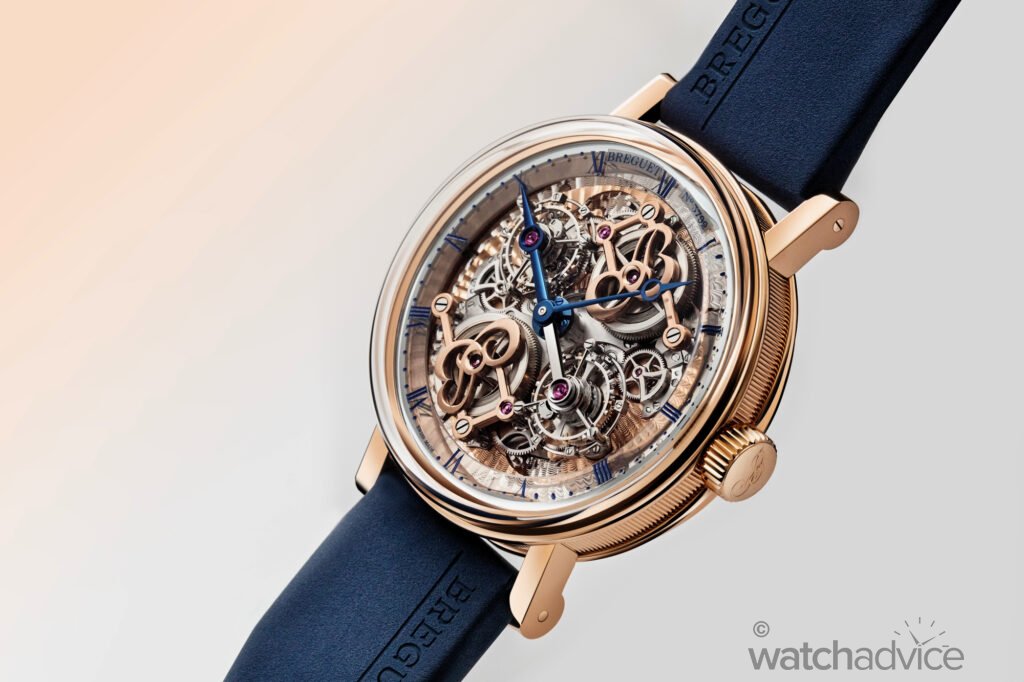
Breguet has implemented three finishing techniques that make up a major part of this timepiece’s artistic flair. These techniques have been used by Breguet for decades and some even since the early beginnings of the brand. Besides the three main finishing techniques outlined below, Breguet has also made use of other decorations, such as mirror polishing on the tourbillon cages, sunburst pattern on the minutes track, sailing on the differential bridge, circular satin-finish on the gears and barrels and also the circular graining on the underside of the rotating mainplate.
Guilloché work
The brand states that “At Breguet, almost all watches are adorned with the guilloché pattern, whether on the dial, the case, oscillating weight, manipulate, or bridges.” With this extensive experience in the art of the guilloché finishing technique, Breguet has created an eminently new guilloché pattern for this timepiece, Radiant Flinqué. This pattern is a motif visually reminiscent of regular sound waves. This decoration is applied to the rose gold rotating main plate and to the rhodium-plated gold bridge below it.
Engraving Technique
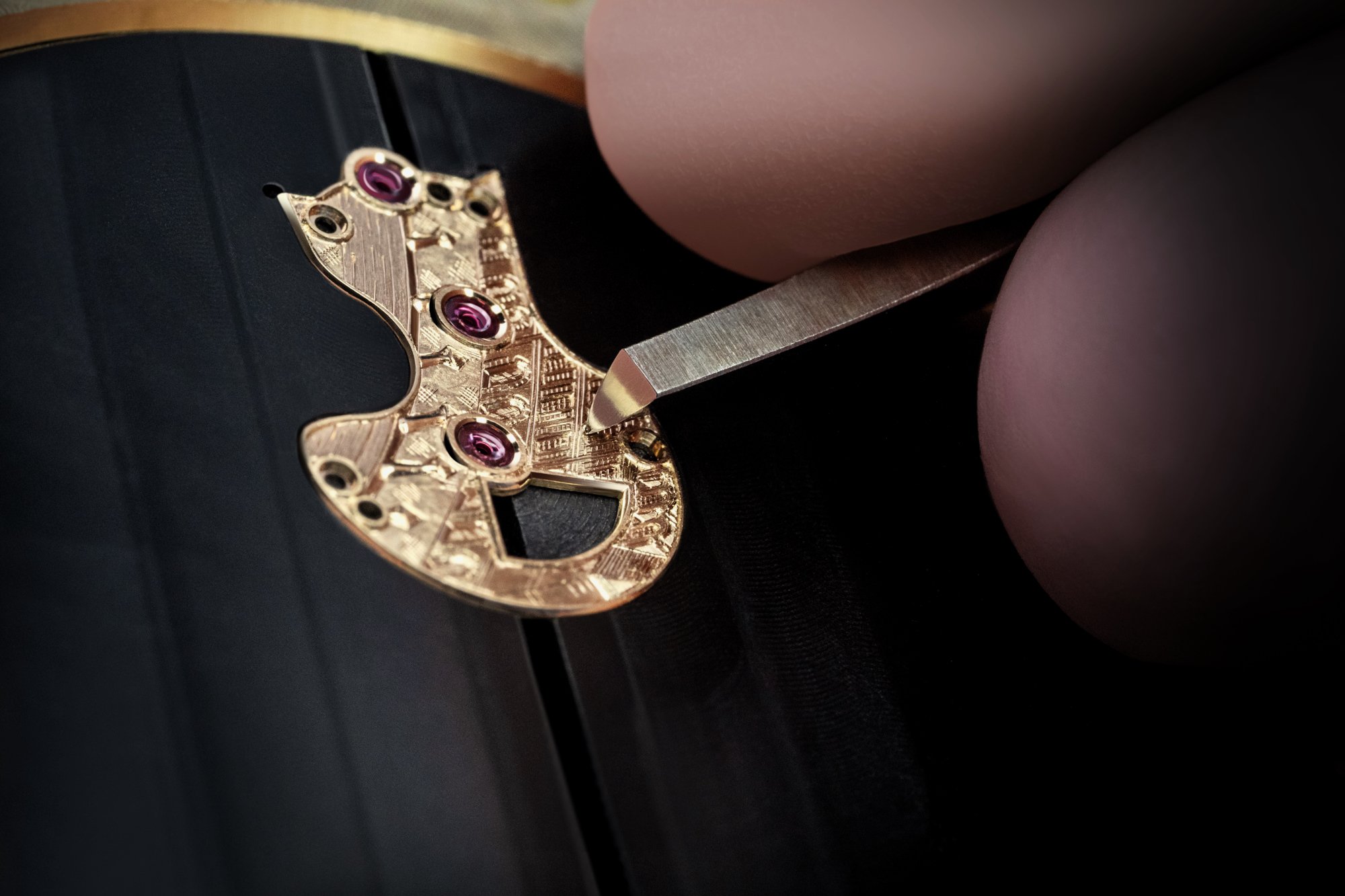
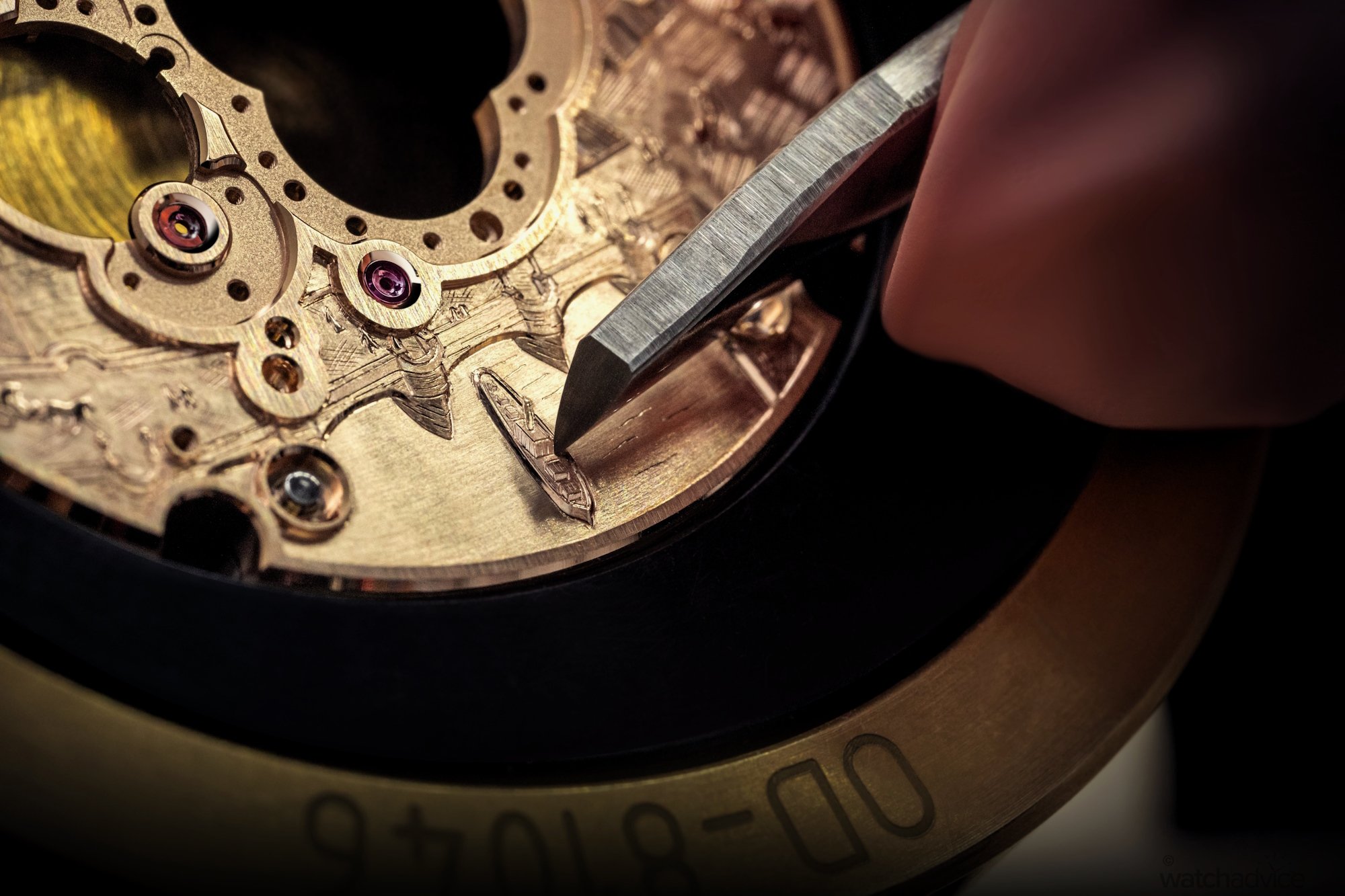
This finishing technique is evident on the case of the watch, which showcases the artistic masterpiece that has been engraved on to the back of the movement. Breguet states that “more than a hundred hours were needed to create the engraving on the back of the movement. The intricacy of the engraved details is an invitation to focus on the place where the Breguet brand was born.”
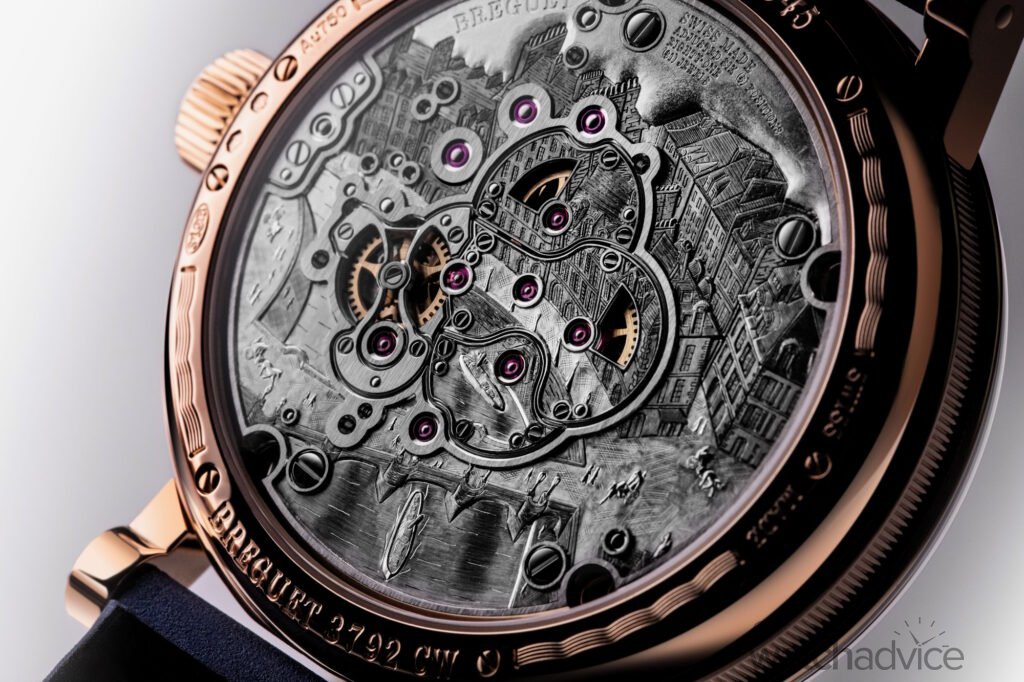
The Breguet artisans have for this latest version of the Classique Double Tourbillon “Quai de l’Horloge” 5345 depicted a different image on the case back. Still referring to Breguet’s origins at 39 Quai de l’Horloge, the artisans have now engraved onto the back of the movement an aerial view of the Abraham-Louis Breguet workshop. The brand states that “Various techniques were used to create perspective effects on a gold plate, notably including bas-relief engraving that involves hollowing out the material. The tracing tip was used to create fine lines on the asphalt, while grey contrasts were created using black and white rhodium.”
Chamfering
This is a technique that is evident in every Breguet timepiece. Chamfering (also known as bevelling) is a complex process that has been taken as an art form by Breguet. The process of chamfering requires the artisan to fill down the sharp edges of the various components, highlighting their outline while creating luminous shimmering effects.
Every tiny part of the movement, even those parts that aren’t visible to the wearer, is chamfered and polished. The Classique Double Tourbillon “Quai de l’Horloge” 5345 is no different. A true testament to Haute Horologerie, a multitude of interior and exterior angles have been done by the hands of the artisans, involving a staggering 100 hours of work.
Final Thoughts
Breguet stands as a beacon of horological innovation and also for the complex artistry shown through their stunning creations. It is a testament to the legacy of Abraham-Louis Breguet, to uphold his vision of creating watches that represent the highest levels of haute horologie.
This new Classique Double Tourbillon “Quai de l’Horloge” 5345 is the perfect example where complex watchmaking meets horological artistry. The original Classique Double Tourbillon “Quai de l’Horloge” 5345 that was released back in 2020 has now been revamped with a new artistic approach, with several finishing techniques that Breguet has extensive experience in, along with a new engraving on the movement depicting a different perspective on Breguet’s beginnings in Paris, France. It’s safe to say, this new Classique Double Tourbillon “Quai de l’Horloge” 5345 is a exceptional timepiece that is a wrist-worn work of art.
The Classique Double Tourbillon “Quai de l’Horloge” 5345 is available now through Breguet boutiques.
Reference: 5345BR/1S/5XU
Specifications
- Case Size: 46mm
- Case Thickness: 16.8mm
- Case Material: 18-carat rose gold
- Dial: Skeletonised dial with a sapphire disc with Roman numerals and minutes track engraved and coated in blue varnish. Chapter ring on sapphire disc. Dual rotating tourbillons and dual rotating power reserve barrels.
- Movement: Manual hand-wound calibre 588N2
- Power Reserve: Approx. 50 hours
- Water Resistance: N/A
- Crystal: Sapphire crystal with anti-reflective coating
- Strap/Bracelet: Midnight blue rubber strap


